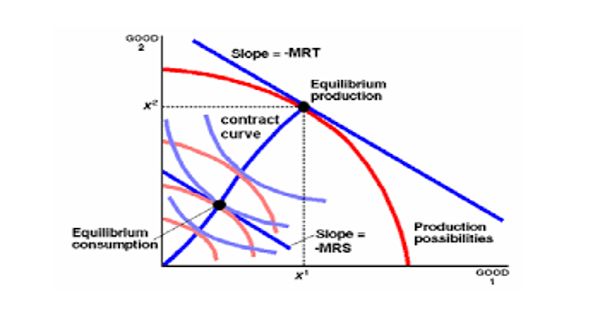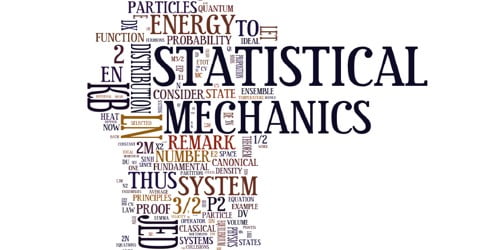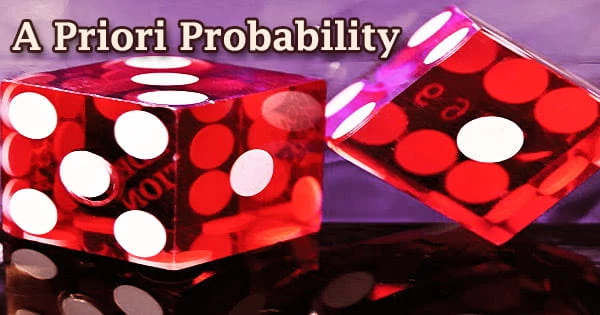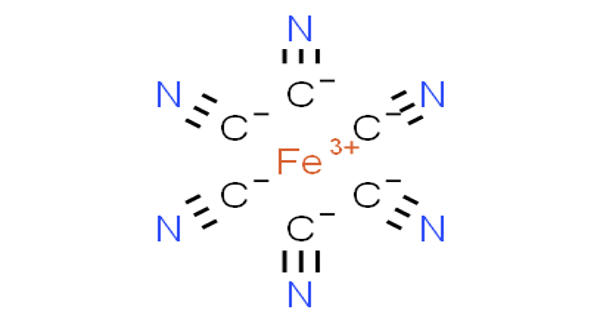The contract curve is the set of Pareto efficient allocations in an economy. In microeconomics, the contract curve is the set of points representing final allocations of two goods between two people that could occur as a result of mutually beneficial trading between those people given their initial allocations of the goods. Every point on this curve maximizes one person’s utility given the other, and they are characterized by the tangencies in the isoquants.
The contract curve is the set of points representing the final allocations of two goods between two people that could occur as a result of mutually beneficial trading between those people given their initial allocations of the goods.
The locus of Pareto-efficient allocations in an exchange economy. In an Edgeworth box, the contract curve is the set of tangency points between the indifference curves of the two consumers. All the points on this locus are Pareto efficient allocations, meaning that from any one of these points there is no reallocation that could make one of the people more satisfied with his or her allocation without making the other person less satisfied. It is termed the contract curve since the outcome of negotiation about trade between two consumers should result in an agreement (a ‘contract’) that has an outcome on the contract curve.

A Pareto efficient allocation is such that it is impossible to make one person better off without making the other (or, more generally, someone else) worse off. The contract curve is the subset of the Pareto efficient points that could be reached by trading from the people’s initial holdings of the two goods. The competitive equilibrium of an economy is always located on the contract curve. It is drawn in the Edgeworth box diagram shown here, in which each person’s allocation is measured vertically for one good and horizontally for the other good from that person’s origin (point of zero allocation of both goods); one person’s origin is the lower-left corner of the Edgeworth box, and the other person’s origin is the upper right corner of the box. The Edgeworth box is a graphical representation of the exchange problem faced by the parties in a two-person, two good “exchange economy”. It allows a simple way of solving and visualizing their exchange problem.
The people’s initial endowments (starting allocations of the two goods) are represented by a point in the diagram; the two people will trade goods with each other until no further mutually beneficial trades are possible. In the Edgeworth box, the Pareto-efficient points arise as tangents between isoquants of the individuals. The set of such points is called the contract curve. The contract curve is always increasing. The set of points that it is conceptually possible for them to stop at are the points on the contract curve. However, some authors identify the contract curve as the entire Pareto efficient locus from one origin to the other.
Information Source:
















